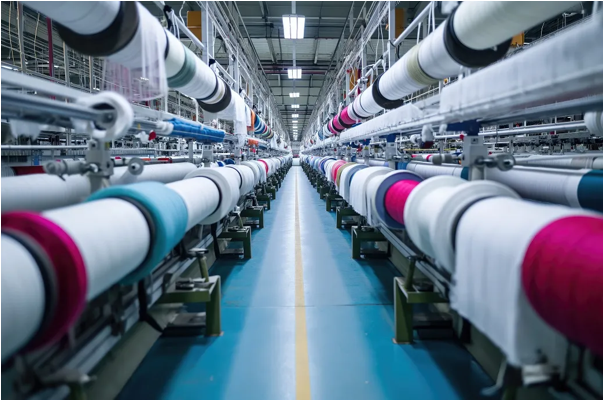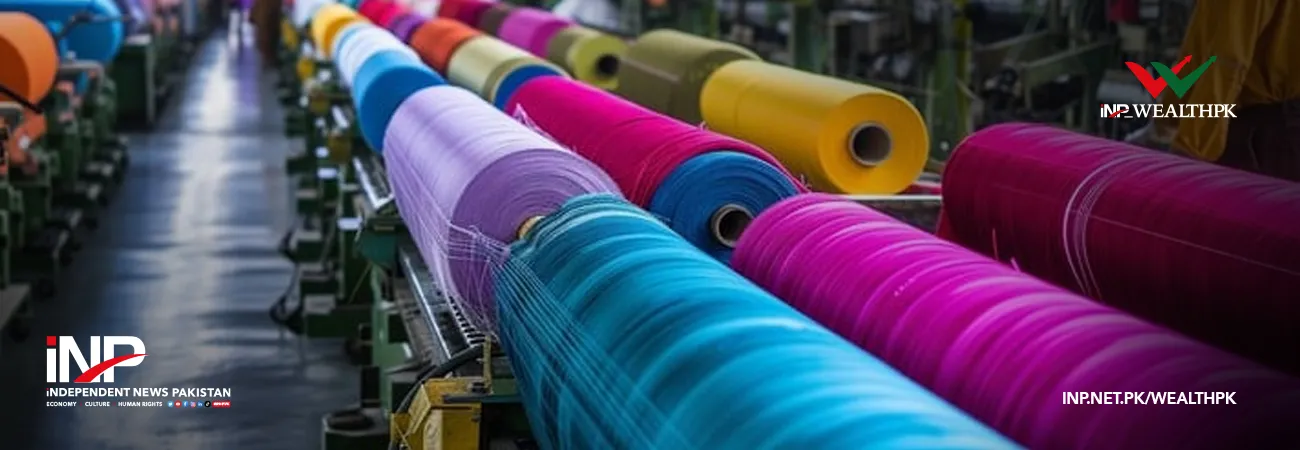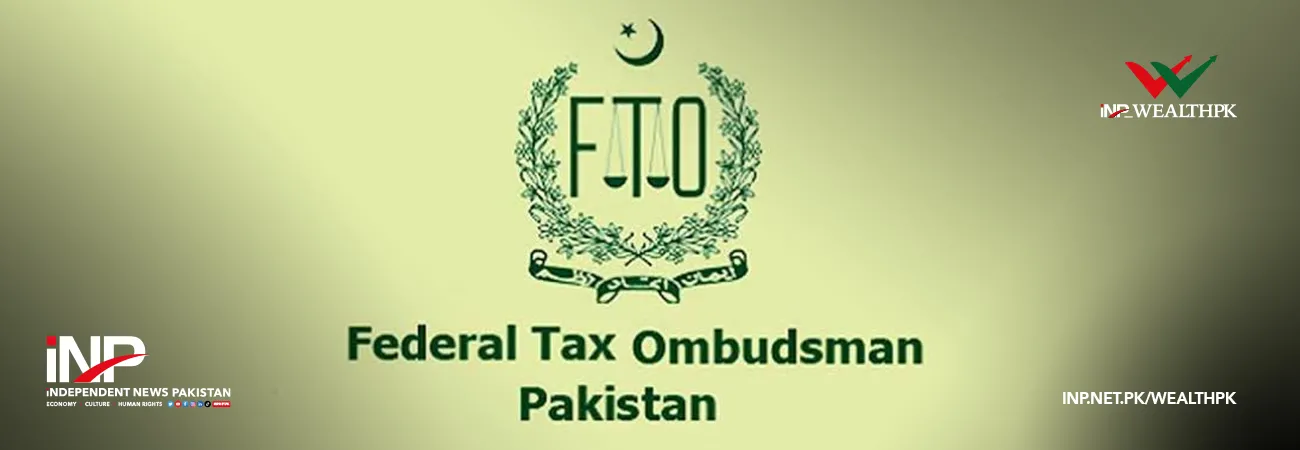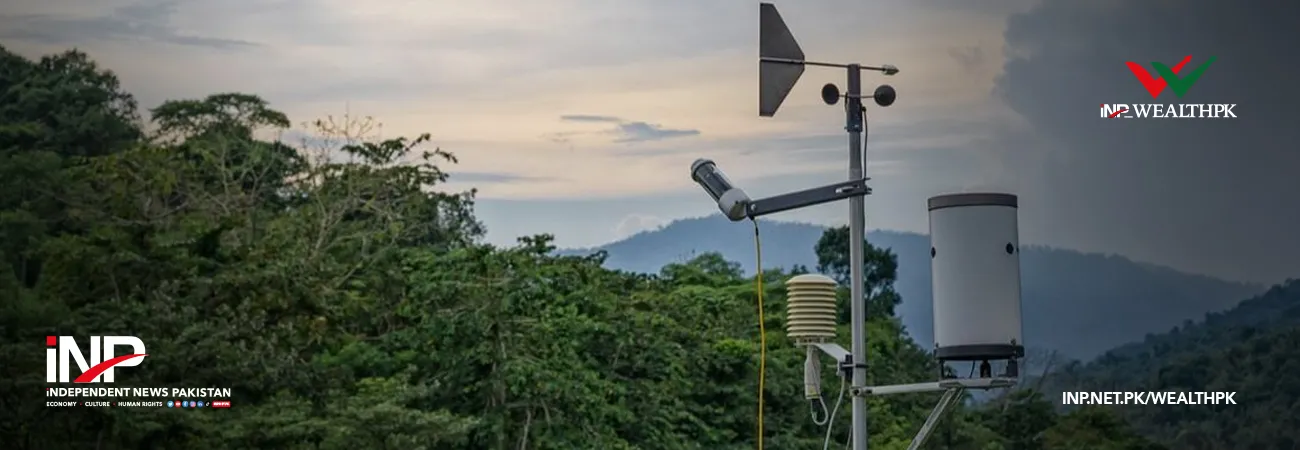INP-WealthPk
Moaaz Manzoor
Pakistan’s textile and apparel exports continued to rely heavily on traditional destinations during the first quarter of FY26, with the European Union (EU) and the United States maintaining dominant positions while smaller markets such as the United Kingdom, Bangladesh, and the United Arab Emirates (UAE) posted mixed performances, according to the Pakistan Textile Council’s Pakistan Textile & Apparel Exports Q1FY26 report.

The EU remained Pakistan’s largest textile market, with exports rising to $1.91 billion during July–September 2025-2026, up from $1.80 billion in the same period of FY 24-25. The bloc accounted for nearly 40% of total textile and apparel exports, driven largely by demand for home textiles, garments, and cotton-based products. The United States ranked second with $1.31 billion in imports from Pakistan, showing stability over the past year. The United Kingdom followed with $459 million in textile imports, while Bangladesh and the UAE recorded $179 million and $153 million, respectively.
According to the Pakistan Textile Council, the EU’s enduring importance reflects long-term trade partnerships built under the Generalized Scheme of Preferences Plus (GSP+) arrangement. Key products showing growth included men’s and boys’ cotton trousers, hosiery, and cotton bed sheets, which collectively rose by 7% to 28% in value compared to last year. The EU’s consistent import demand has been instrumental in sustaining Pakistan’s textile earnings, particularly in value-added categories such as knitwear, bed linen, and towels.
Exports to the United States remained largely unchanged, totaling $1.31 billion in Q1 FY26 compared to $1.20 billion in the same quarter of FY25. While overall volumes stayed stable, notable product-level shifts were observed. Exports of hosiery and jerseys increased by 40–50%, while shipments of cotton ensembles and T-shirts declined modestly. The Council noted that American demand for home textiles and basic apparel items has remained steady, helping cushion Pakistan’s export performance amid global economic uncertainty.
The United Kingdom showed marginal improvement in textile imports from Pakistan, with exports edging up to $459 million in Q1 FY26. Growth was supported by sales of knitwear and cotton bed sheets, though demand for men’s shirts and bed covers slightly weakened. The report described the UK market as relatively stable but increasingly competitive, requiring sustained compliance and design innovation from Pakistani manufacturers.
Exports to Bangladesh, which mainly comprise raw materials such as cotton yarn and denim fabric, reached $179 million, reflecting a moderate recovery from previous declines. Denim fabrics above 200 grams per square meter led the category, rising nearly 12% year-on-year. The Council observed that Pakistan’s textile trade with Bangladesh plays a crucial role in supporting regional value chains, as Bangladeshi garment producers depend on Pakistani yarn and fabric supplies.
The UAE showed mixed trends, with total exports reaching $153 million — the highest level in five years. Growth was led by men’s jackets, trousers, and cotton apparel, while several other categories, including synthetic women’s suits, declined sharply. The Council noted that the UAE market remains volatile, driven by shifting re-export dynamics and price sensitivities.
Despite the overall positive results from major destinations, the Pakistan Textile Council cautioned that the country’s over-reliance on a few large markets poses risks to export stability. The combined share of the EU, US, and UK exceeds two-thirds of total textile and apparel exports, making Pakistan vulnerable to regulatory changes or demand shocks in these economies.
The Council recommended broadening Pakistan’s market footprint beyond traditional Western buyers by pursuing opportunities in East Asia, Africa, and emerging economies in the Middle East. Strengthening commercial diplomacy, developing export intelligence systems, and engaging in trade fairs were highlighted as ways to diversify export destinations.
In addition, the report urged exporters to upgrade compliance capabilities and environmental standards to maintain access to European markets, where sustainability certifications and traceability requirements are tightening. The Council also suggested exploring regional trade agreements and leveraging Pakistan’s geographic position to expand textile exports to neighboring and ASEAN countries.
The report concluded that while the EU and the US remain pillars of Pakistan’s textile export base, a forward-looking diversification strategy — supported by innovation, sustainability, and market expansion — is essential to secure long-term growth and reduce external dependency.
Credit: INP-WealthPk













